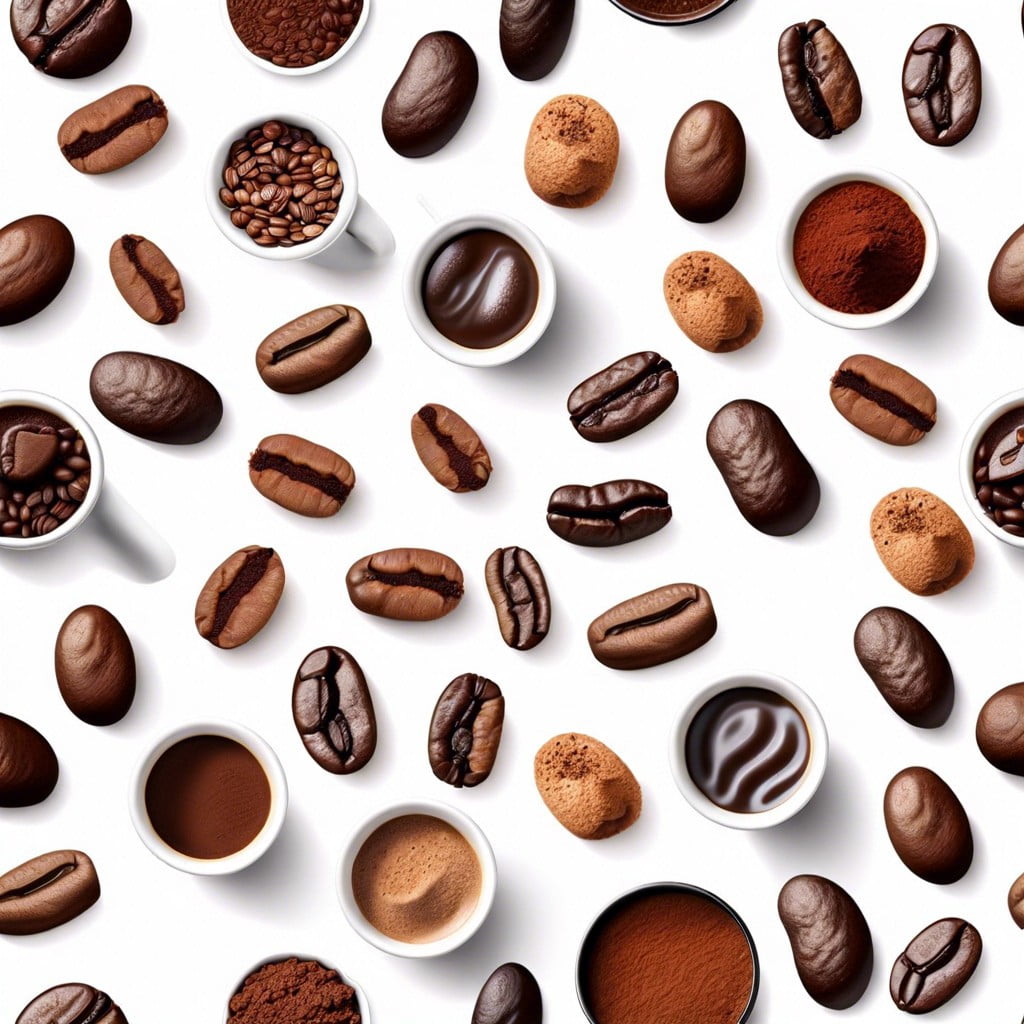Learn the proper technique to grind coffee beans for a perfect brew.
Why the Grind Matters

A good grind is to coffee what a solid foundation is to a house—essential for ensuring structure and taste. Poorly ground beans can reduce the quality of your brew, making it bitter, weak, or even like a mouthful of dishwater.
Here’s the simple science behind it: grinding increases the surface area of the coffee that contacts water, which, in turn, affects extraction—the process of pulling flavors from your beans. Think of each bean as a tiny box of flavor; the right grind breaks that box open.
Get it too fine, and your coffee can turn as bitter as a bad breakup. Why? Because a smaller grind size quickens extraction, possibly leading to over-extraction. Conversely, if you find your coffee resembles weak tea, chances are the grind was too coarse, meaning under-extraction.
Another consideration is the brewing method you’re using. Each method, from French press to espresso, plays best with a particular grind size. For example, French press thrives with a coarser grind, while espresso shots demand a finer touch. So, understanding grind size is your golden ticket to a flavorful, balanced cup.
Types of Grinders
Dive into the bustling coffee scene and you’ll find two primary contenders in the grinder arena: blade and burr. Blade grinders are akin to blenders, hacking at beans with high-speed spinning blades. Think quick, affordable, but somewhat uneven in the grind they deliver, which can affect your brew.
On the flip side, burr grinders are precision artists. They crush beans between two revolving abrasive surfaces, allowing for a more consistent grind. While pricier, they’re a coffee connoisseur’s ally, with settings to adjust the grind size for your coffee-making method of choice.
Then, there’s the manual burr grinder, the underdog with plenty of bark and bite for those willing to put in the elbow grease. It’s portable, producing a remarkably uniform grind, and elevates you to the rank of artisanal brew master.
Lastly, for those who savor the latest in technology, electric burr grinders with various settings offer convenience and control for a perfect grind at the touch of a button. They stand as testimony to the craft of coffee, where precision leads to the pinnacle of flavor.
How to Grind Coffee Beans With a Grinder
Select your preferred grind setting. Coarse grinds are ideal for French press, medium for drip machines, and fine for espresso.
Measure your beans; use about two tablespoons for every six ounces of water. Adjust to taste.
Pour the beans into the grinder. For burr grinders, fiddle with the settings to adjust coarseness. Blade grinders require a pulse technique to achieve evenness.
Start grinding. Keep an ear out for a change in sound, indicating the beans are fully ground.
Immediately transfer the grounds to your coffee maker. Grinding induces oxidation, which can affect flavor if left too long.
Clean your grinder after use to prevent oil build-up, which can spoil future brews.
Coffee Expiration and Storage
Freshness is the ace up your sleeve for a mesmerizing cup of Joe. Coffee beans, like spies, hate exposure—oxygen, light, heat, and moisture are their archenemies. To keep them covert and fresh, store them in an opaque, airtight container at room temperature. Clear containers may be your kitchen’s catwalk models but they’re no good for your beans, unless they’re stashed in a dark cupboard.
Never refrigerate your beans—they’re not fans of the cold, and the condensation plays havoc with the flavor. As for the freezer, it’s a no-go zone unless you’re dealing with a large excess that you won’t use within a month.
Whole beans maintain their freshness longer than the ground variety; a little extra elbow grease grinding each time pays off with superior flavor. Those with a Zen-like patience for the perfect brew grind just before use. Remember, once that packet is open, the freshness clock starts ticking. Canisters with CO2 valves offer sanctuary for beans, allowing gases to escape without letting air in.
Have a dedicated storage spot for your precious beans. A consistent environment away from the oven and not above the dishwasher is your best bet. Think Batman’s cave, but for coffee beans.
Grind Sizes
Grind size significantly influences your coffee’s flavor profile.
Fine grinds are akin to powdered sugar and are perfect for espresso. In the high-pressure espresso machine, water zips through quickly, extracting flavor from the tiny particles at lightning speed.
Medium grinds resemble sand. Ideal for drip coffee makers, they balance exposure to water and extraction rate, walking a fine line for a well-rounded cup.
Coarse grinds look like sea salt and are the go-to for French presses. The larger size allows for a prolonged brewing time, giving depth without over-extraction.
Extra-coarse grinds take on a chunky appearance and are often reserved for cold brew. Here, time replaces heat, slowly coaxing out flavors during an extended steep for a smooth result.
Remember, consistency is key. Uneven grinds can lead to a brew that’s a confusing mix of over and under-extracted, much like a discordant symphony. Keep it uniform, and your taste buds will sing praises.